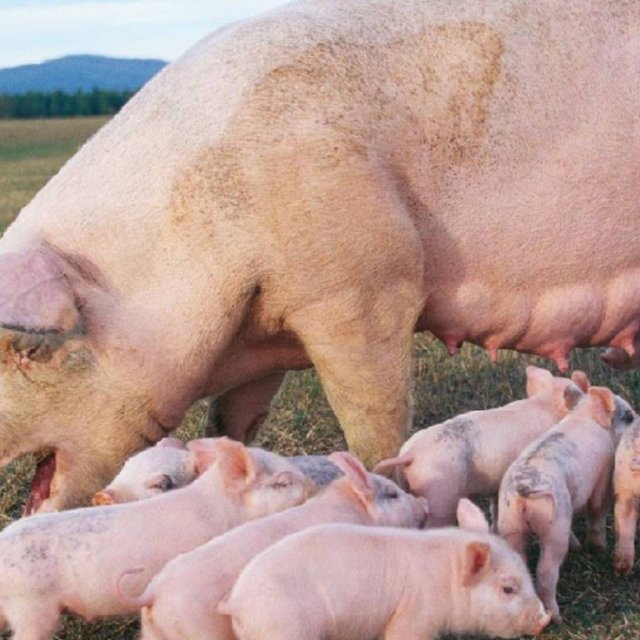Basic knowledge in Agriculture#29
Breeding
What is breeding?
Breeding in agriculture is the a scientific technique, aimed at creating genetically desired traits in living organisms. In agriculture, it is the science and art of improving crop and livestock genetics to enhance desirable traits, such as crop yield, quality, disease resistance, quantity and climate resilience. This process involves the selective reproduction of plants or animals to produce offspring with improved characteristics or traits.
Source: flyermaker
Types of Breeding
- Conventional Breeding: This traditional or local method of breeding involves selecting and breeding plants or animals with desirable traits through natural mating and selection.
- The Marker-Assisted Breeding (MAB): This approach uses genetic markers to identify and select specific genes that are linked to desirable traits in plants and farm animals. This enhances precise and more efficient breeding.
- Genetic Engineering: This involves the introduction of specific genes from one organism into another with the aim of introducing new traits or improve the existing ones.
- Hybrid Breeding: This method involves crossing two different parent lines to produce offspring with improved and desired traits in livestock and farm crops.
- Mutation Breeding: This approach involves inducing genetic mutations in plants or animals to create new traits or improve existing ones.
Benefits of Breeding
- Improved Yield: Breeding can increase crop or livestock productivity, helping to meet the world's growing food demands.
- Disease Resistance: Breeding can enhance resistance to diseases and pests, reducing the need for pesticides and improving crop and animal health.
- Climate Resilience: Breeding can help develop crops and livestock that are adapted to changing environmental conditions, such as drought or heat tolerance.
- Increased Efficiency: Breeding can improve the efficiency of agricultural production, reducing costs and environmental impact.
Applications of Breeding
- Breeding can develop high-yielding, disease-resistant crops that improve food security and sustainability.
- Breeding can enhance animal health, productivity, and quality, improving the efficiency and sustainability of livestock production.
- Breeding can help increase global food availability and accessibility, particularly in areas with limited agricultural resources.
- Breeding can promote environmentally friendly and sustainable farming practices, reducing the environmental impact of agriculture.
- Breeding can help develop crops and livestock that are adapted to changing environmental conditions, improving their resilience and productivity.
Breeding plays a vital role in ensuring global food security, sustainability, and adapting to climate change. By developing improved crops and livestock, breeding can help meet the world's growing food demands while reducing the environmental impact of agriculture.
S finally, I'm inviting @sammy75 @artbyadida @abiedsadjid

Hello @sterii
It's unfortunate that I can not verify your post because from my checks, it shows the content is AI generated. Please note that we do not accept such in this community. Be warned
Hi @ruthjoe
I definitely used AI to make research on the topic.
But, perhaps this happened from not restructuring my write-up well.
Anyways, apologies for this and it won't happen again. Thank you.
Hi, @ruthjoe,
Thank you for your contribution. Your post has been manually curated.
- Delegate to @ecosynthesizer and vote @symbionts as a witness to support us.
- Explore Steem using our Steem Blockchain Explorer
- Easily create accounts on Steem using JoinSteem
https://x.com/Ayaba02/status/1920897192056774973?t=Nhmha52uxn8KBMn6fgkCEQ&s=19